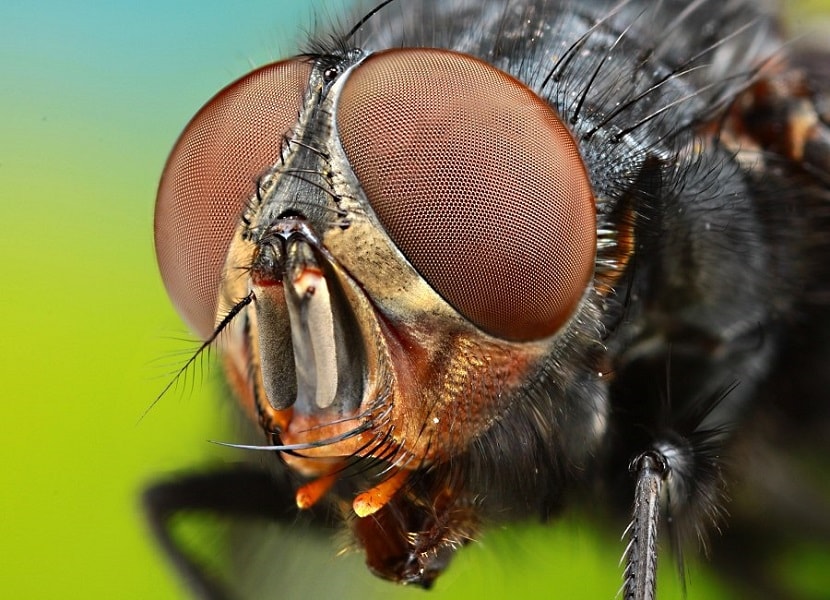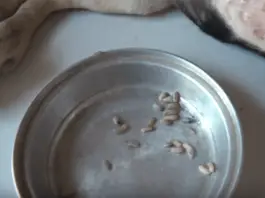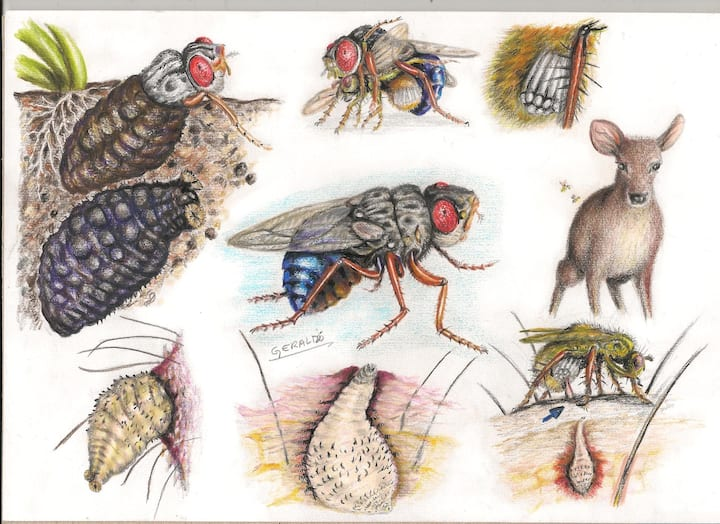
This can draw them to the surface of the soil and if your dog lays on the ground near them, it can result in an infestation of mango worms. Once the eggs hatch and the mango worm larvae start to search for a host, they will usually crawl around in the dirt looking for a potential host.

Laying On ItĪs the adult female mango flys tend to bury their eggs a few inches under the surface of the dirt, your dog simply laying on the ground where eggs are will usually not result in direct contact with the eggs and a resulting infestation. As the eggs and larvae are both sticky and can attach themselves to your dog, digging can end up with your dog getting an infestation of mango works due to contact with either the eggs or the larvae. Without a doubt, the most common way that a dog can end up with a mango worm infection is due to it digging in the ground where an adult female mango fly has laid her eggs. This is due to the adult female mango fly laying her eggs in soil, a few days later they will hatch and within around two weeks the larvae have to find a host or they will perish.

Contact With SoilĪlthough contact with the soil is a pretty general way for your dog to get mango worms, there are three main ways that your dog can interact with soil and end up with an infection. Depending on where you live and the time of year, one of these ways may become more if a risk to your dog than the others.

There are three main ways that your dog can end up with a mango worm infestation and unfortunately, only one of them is realistically preventable by the owner. Not only are mango worms painful for your poor dog but they can also be relatively easy to avoid depending on where you live. We have seen a number of people asking for tips on this so we decided to publish this article in an attempt to help any of our readers and their pets.

In this article, we will be taking a look at how dogs get mango worms in an attempt to give you the knowledge to reduce the chances of your dog ending up with a mango worm infestation.


 0 kommentar(er)
0 kommentar(er)
